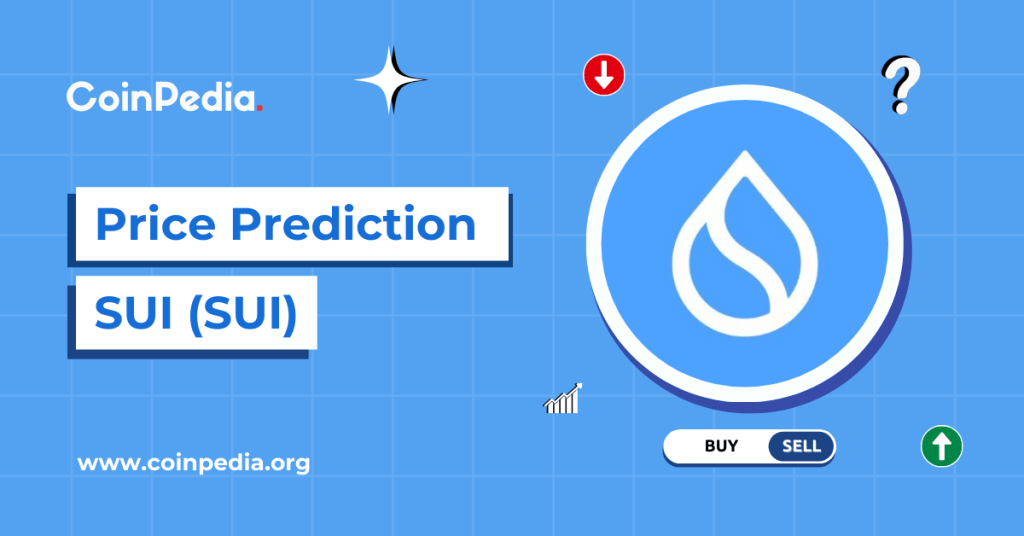In a year when many presales have struggled to gain momentum, Mutuum Finance (MUTM) is steadily separating itself from the pack.
Rather than relying on hype alone, the Ethereum-based lending and borrowing protocol has paired structured token economics with growing investor participation, putting it on track to become one of 2025’s standout DeFi stories.
A structured presale that keeps building momentum
Mutuum Finance launched its presale in early 2025 with Phase 1 priced at $0.01 per token. Unlike many campaigns that rely on flat pricing, Mutuum adopted a tiered structure where the token price rises by roughly 20% each phase. This approach rewards early entrants while giving later participants a clear sense of progression and urgency.
After five completed phases, the token now trades at $0.035 in Phase 6, a 250% appreciation for the earliest backers. Phase 6 is already more than halfway sold out, with Phase 7 priced at $0.04. The final listing price has been locked in at $0.06.
This means that those who joined in Phase 1 are positioned for nearly 600% token appreciation by launch, while investors buying at today’s price still have a near 2x MUTM value upside built in ahead of listing.
This rising-phase structure has kept demand steady, ensuring that each stage builds on the last instead of stalling. It has also created a natural timeline leading up to launch, with clear milestones and predictable pricing that help maintain investor confidence over time.
Funding, distribution, and transparency
The presale’s scale reflects broad adoption. To date, Mutuum Finance has raised more than $16.8 million, allocated over 740 million tokens, and attracted a growing community of more than 16,700 holders.
This wide distribution helps reduce concentration risk, making it less dependent on a handful of whales and giving the token a healthier liquidity profile once it goes live.
Transparency has been central to the process. A live dashboard allows participants to track their allocations and potential ROI in real time, while a Top 50 leaderboard highlights major contributors and rewards them with bonus allocations at launch.
These tools have turned what is often an opaque presale process into something far more accountable and engaging for participants.
Development roadmap in motion
According to the Mutuum Finance team’s recent statement on X, development of its lending and borrowing protocol is well underway. Version 1 is scheduled to debut on Sepolia Testnet in Q4 2025.
The initial rollout will include essential core components such as the liquidity pool, mtTokens (interest-bearing deposit receipts), debt tokens, a liquidator bot, and other modules critical for functioning credit markets.
The first supported assets will be ETH and USDT, which will be available for lending, borrowing, and collateral use. This gives the protocol a strong, liquid foundation to build upon once it moves toward mainnet.
By communicating these milestones early, Mutuum Finance is reinforcing the message that it’s not just selling tokens, it’s actively delivering infrastructure.
How the mechanics work
A core part of Mutuum Finance’s design is how it handles borrowing costs, collateral requirements, and yield generation. Borrowers can choose between variable interest rates, which adjust dynamically based on liquidity supply and demand, or stable rates, which lock in repayment costs at a premium for predictability.
This flexibility accommodates both active traders seeking short-term liquidity and longer-term borrowers who prefer certainty.
Every loan on the platform is overcollateralized, meaning users must post more collateral than the amount borrowed. This is enforced through strict Loan-to-Value (LTV) ratios to keep the system solvent even during volatile periods.
For example, if the LTV is set at 75%, a user depositing $1,000 worth of ETH could borrow up to $750 in another asset. If the value of their collateral falls, automatic liquidation mechanisms are triggered to stabilize positions and protect the protocol’s solvency.
On the supply side, liquidity providers earn APY (Annual Percentage Yield) on their deposits, which is derived from the interest paid by borrowers.
As lending volumes increase, depositors see higher yields. This relationship between borrowing demand and APY is central to how Mutuum Finance incentivizes users to provide liquidity, ensuring deep markets that support sustainable lending activity.
Stablecoin integration and oracle infrastructure
Mutuum Finance’s long-term roadmap includes launching a native overcollateralized stablecoin, which would give the ecosystem its own predictable unit of account.
This stablecoin would anchor liquidity internally, allowing lending, borrowing, and trading to occur within the protocol without relying entirely on external stable assets. By introducing its own stable currency, Mutuum Finance aims to deepen liquidity pools, support more efficient capital flows, and reduce exposure to third-party risks.
To maintain pricing integrity across all these operations, the protocol will rely on a multi-layer oracle system. This includes Chainlink price feeds, fallback and aggregated data sources, and time-weighted averages from decentralized exchanges when liquidity allows.
Such a layered design minimizes the risk of manipulated or stale prices, which can trigger unfair liquidations or distort borrowing costs. Reliable oracles are especially crucial for lending protocols, where even small pricing errors can have cascading effects.
Together, the stablecoin and oracle system form the backbone of Mutuum Finance’s long-term infrastructure, stabilizing liquidity internally and protecting the protocol from external volatility.
For more information about Mutuum Finance (MUTM) visit the links below:
Website: https://www.mutuum.com
Linktree: https://linktr.ee/mutuumfinance
The post MUTM nears $17M funding, solidifying top DeFi contender for 2025 appeared first on Invezz








